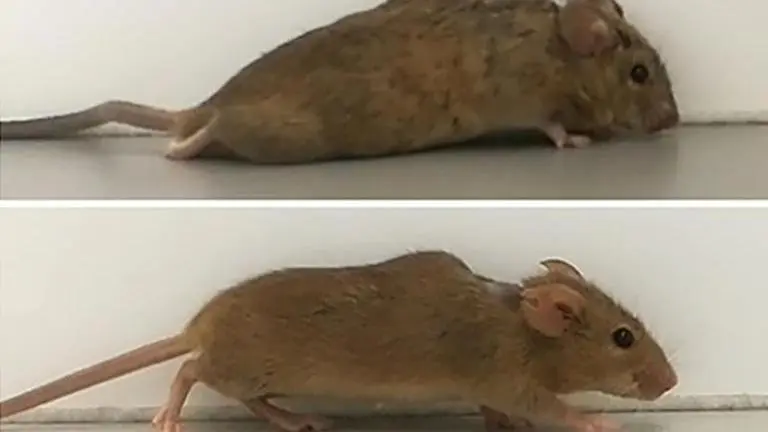Updated 24 January 2021 at 16:51 IST
German scientists made paralysed mice run again through gene therapy
With the help of gene therapy, German researchers have succeeded for the first time in getting a paralysed mice run again after a complete transverse injury.
- World News
- 2 min read

With the help of gene therapy, German researchers have succeeded for the first time in getting a paralysed mice run again after a complete transverse injury. Scientists from Ruhr University Bochum disclosed the new therapeutic approach led by its Department of Cell Physiology under the direction of Prof Dr Dietmar Fischer to find the cure to previously deemed irreplaceable damage to the spinal cord. The key element to this is the protein hyper-interleukin-6 that further leads the nerve cells to regenerate and how it is supplied to the animals. The researchers then reported the findings to the journal Nature Communications on January 15.
Explaining the protein hyper-interleukin-6, or hIL-6 for short, Dietmar Fischer said, "This is a so-called designer cytokine, which means that it does not occur in nature and had to be produced using genetic engineering". His working group was able to showcase in previous research that hIL-6 can efficiently “stimulate the regeneration of nerve cells in the visual system”. In the latest work, the Bochum team induced nerve cells in the motor-sensory cortex to produce hyper-interleukin-6 themselves.
Advertisement
How did the researchers do it?
In order to achieve the goal of regenerating nerve cells, the researchers used viruses suitable for gene therapy which they injected easily into an accessible area of the brain. Since the viruses brought the blueprint for the production of the protein into certain nerve cells or motor-neurons. These cells are also linked through the axonal side branches to other nerve cells in other areas, “the hyper-interleukin-6 was also transported directly to these otherwise difficult to access but important nerve cells and released there in a targeted manner".
"The gene therapy treatment only stimulated a few nerve cells, the axonal regeneration of various nerve cells in the brain and several motor tracts in the spinal cord at the same time," explains Dietmar Fischer. “This ultimately enabled the previously paralyzed animals treated in this way to start walking after two to three weeks. This surprised us very much at the beginning, as it has never before succeeded after a complete paraplegia.”
Advertisement
(Image credits: Chair of Cell Physiology/news.rub.de)
Published By : Aanchal Nigam
Published On: 24 January 2021 at 16:51 IST
